During the holiday season, a beautifully painted nutcracker is a familiar sight on mantelpieces or bookshelves. Today, these colorful wooden figurines are available in a wide range of styles and are a popular gift idea for loved ones, but where do these unique toys originally come from? Why do they have such distinctive features? And, of course, can you actually use them to crack nuts? Read on to answer these questions and learn much more about this cherished symbol of the holidays.
German Origins
According to Christmas Magazine, the nutcracker dolls that we are familiar with originated in the Erzgebirge region of Germany in the late 1600s. Originally, this area was renowned for its rich mining resources (Erzebirge translates to Ore Mountains), but when the mineral sources began to dwindle, the miners turned to carving the nutcracker figures as a way to supplement their income. Initially, these nutcrackers were not designed specifically to celebrate Christmas, but many people purchased them as gifts and they began to be associated with the holiday season.
In German tradition, the nutcrackers were considered a symbol of good luck and would scare away bad spirits from the home. Another interesting tradition with the nutcrackers was that they were used as a symbol of quiet rebellion. There were nutcrackers crafted to resemble kings, lords, policemen, and other people of authority. The common people would take delight making these overlords do menial tasks at their command, like cracking nuts.

The Nutcracker Ballet
How did the simple nutcracker figures inspire a beloved ballet? The ballet actually was derived from a fairy tale written by German author E.T.A. Hoffmann. Rather than being a sweet children’s story, Hoffmann’s tale was more akin to one of Grimm’s fairy tales. It was the story of a girl who falls in love with a nutcracker given to her by her godfather who magically comes to life. It was translated with some revisions by French author Alexander Dumas, the author of the Three Musketeers (one change to note is that the female protagonist Clara was originally named Marie in Hoffmann’s tale). This version toned down the darker elements of the original version and was much lighter. It was this version of the story that inspired the ballet written by Russian composer, Peter Tchaikovsky.
While The Nutcracker has become a beloved ballet performance for many families to attend each Christmas, the original performance was not as well received. According to an article by Salon, the original ballet premiered a week before Christmas in 1892 to a sold-out audience in St. Petersburg, Russia. It may seem surprising now, but reviewers criticized the choreography as being “confusing” and even one said it was “the most tedious thing I have ever seen.” However, parts of Tchaikovsky’s score became popular, and was even featured in segments of Disney’s animated film Fantasia in 1940.

Journey to America
By the 1940s and 50s, nutcrackers became a firm fixture in American Christmas decor and traditions. After World War II, American soldiers stationed in Germany brought the distinct wood nutcrackers back home to their families as souvenirs and gifts. They proved to be a hit, and about the same time, George Balanchine was working on retooling Tchaikovsky’s Nutcracker ballet with updated choreography, costumes and sets. According to Time magazine, this reworked version of the ballet premiered in 1954, becoming a hit in the United States and an annual ballet tradition during Christmastime. Part of the reason why this ballet became so popular was simply because children enjoyed it. In an interview with NPR, music commentator Miles Hoffman noted that for many children, The Nutcracker ballet “has been their first exposure to both ballet and to classical music.”

Can I Use a Nutcracker to Crack Nuts?
While it is tempting to use a wooden nutcracker to crack walnuts, most of the traditional nutcracker soldiers that you see (including our own) are meant for decorative purposes only. If you are looking for a tool to crack open nuts for a tasty snack, we recommend investing in one that is made of stainless steel or heavy-duty metal that resembles a more durable tool, rather than a wooden toy soldier. Check out some great functional nutcrackers reviewed by Morning Chores. Otherwise, skip the work altogether and buy nuts that have already been shelled at the grocery store.
Over the years, the nutcracker has evolved from a simple tool to crack nuts to a beloved symbol of the holidays. Today, nutcrackers are not only available in the traditional German styles. They have become popular collectible accents that can depict famous people, pop culture icons, characters from classic stories, and much more. Modern nutcrackers might have evolved past their original purposes, but they are still a unique piece of holiday history and the perfect way to decorate your home for Christmas.
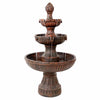
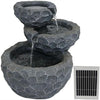
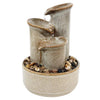

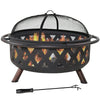
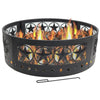

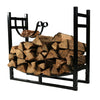
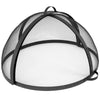
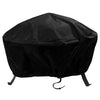
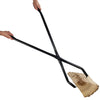
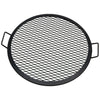
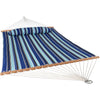
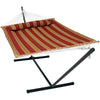
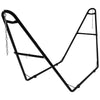

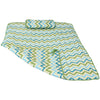
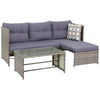
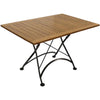
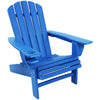
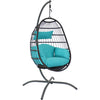

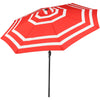
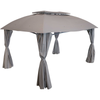

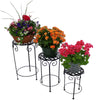
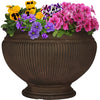
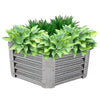
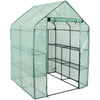
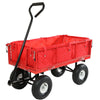
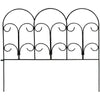
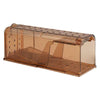
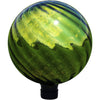
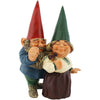

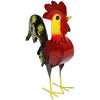
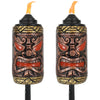


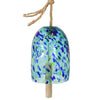


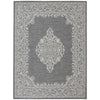

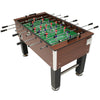
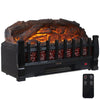
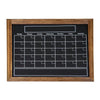














2 comments
Barb Denning
My son began collecting nutcrackers when he was about 13 and now has well over 200 of them. He has several seasonal ones also and his house if covered with all of them at Christmas. I add to his collection every Christmas.
Wilma Evans
I have 4 nutcrackers that sit on my mantle and two tiny ones sitting on the base of two nutcrackers. This year I added two big nutcrackets 3 1/2 “ tall ! They will go at the end of the hearth! My favorite nutcracker was made in Germany!